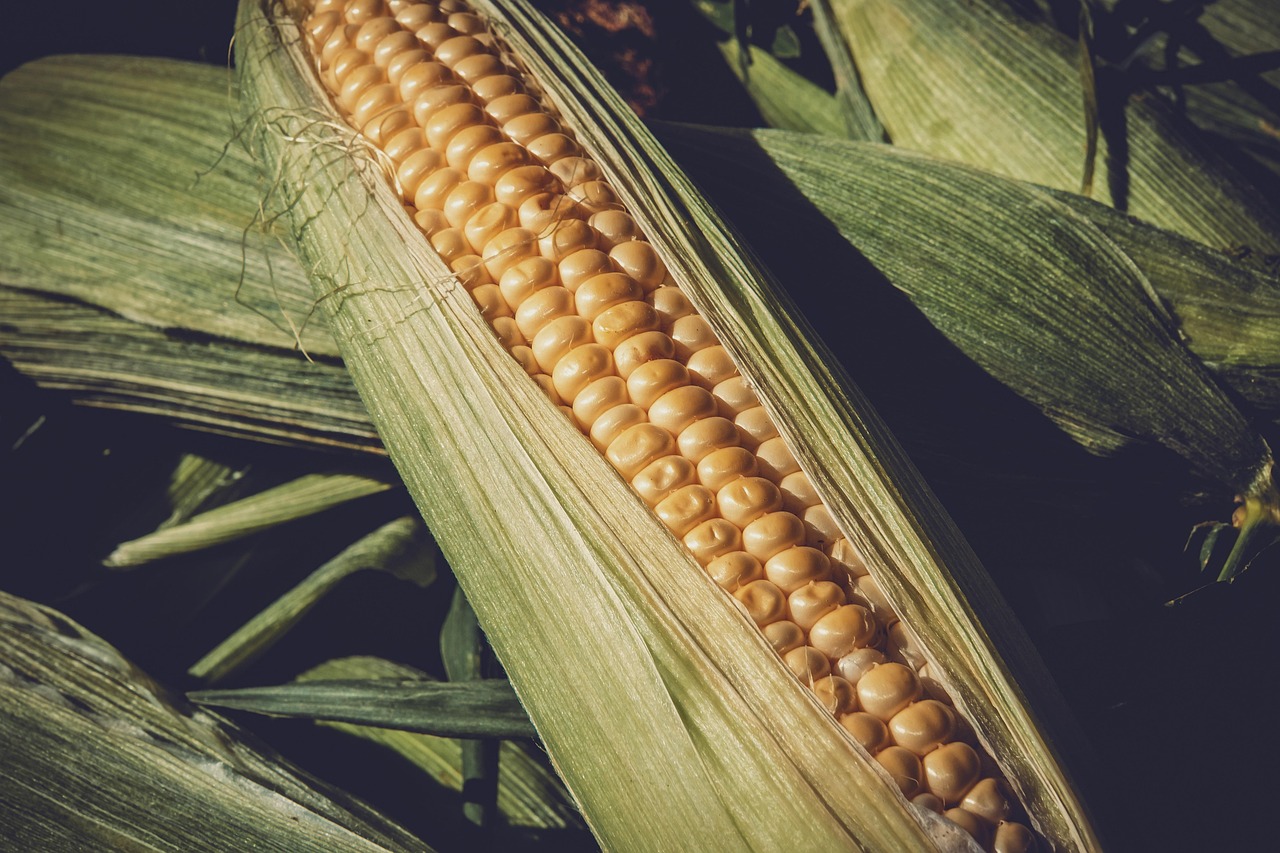“`html
The rising popularity of high-protein diets has transformed the landscape of nutrition, with many people turning to this dietary approach for weight loss, muscle building, and improved health overall. As more individuals become aware of the benefits associated with adequate protein intake, understanding how to effectively implement a high-protein diet has never been more essential. This blog post aims to explore the key components of a high-protein diet, outlining its advantages, suitable food sources, potential challenges, and practical tips for maximizing protein in your meals.
What is a High-Protein Diet?
A high-protein diet is one that prioritizes protein intake significantly more than traditional dietary habits. Generally, this involves consuming between 25% to 30% of your total daily calories from protein sources, compared to the recommended daily allowance.
Benefits of a High-Protein Diet
- Weight Loss: High-protein diets can lead to increased satiety, reducing hunger and calorie intake.
- Muscle Maintenance: Protein supports muscle repair and growth, especially beneficial for athletes and those engaging in resistance training.
- Improved Metabolism: Higher protein intake can boost your metabolic rate, aiding in calorie burning.
- Balanced Blood Sugar: Protein can help stabilize blood sugar levels, reducing cravings and energy spikes.
Key Sources of Protein
Integrating various protein sources into your diet is crucial for obtaining all essential amino acids. Here are some excellent options:
Animal-Based Protein Sources
- Meat: Lean beef, chicken, turkey, and pork are excellent sources.
- Fish: Salmon, tuna, and trout are rich in protein and omega-3 fatty acids.
- Dairy: Greek yogurt, cottage cheese, and whey protein powders are potent protein sources.
Plant-Based Protein Sources
- Lentils: A great choice for vegans, offering around 18 grams of protein per cooked cup.
- Quinoa: This grain has all nine essential amino acids, with approximately 8 grams of protein per cooked cup.
- Nuts and Seeds: Almonds, chia seeds, and hemp seeds are nutritious and protein-rich options.
Practical Tips for Incorporating More Protein
Adding protein to your diet doesn’t have to be complicated. Here are some actionable tips to help you increase your protein intake:
Meal Planning Strategies
- Include a protein source in every meal: Whether it’s eggs for breakfast or grilled chicken for dinner, aim for protein in each sitting.
- Snacks Matter: Replace sugary snacks with protein-rich options like yogurt, jerky, or edamame.
Cooking Methods to Preserve Protein
- Grilling and Baking: These methods help retain protein values while minimizing added fats.
- Smoothies: Blend protein powder with fruits and vegetables for a quick, nutrient-dense meal.
Potential Challenges of a High-Protein Diet
While a high-protein diet offers numerous benefits, it’s essential to consider potential challenges:
Nutrient Imbalance
- Fiber Intake: A high-protein diet can sometimes lead to inadequate fiber from fruits and vegetables.
- Overemphasis on Protein: Focusing solely on protein may cause neglect of carbohydrates and fats, which are also vital for health.
Digestive Issues
Some individuals may experience digestive discomfort when increasing protein intake too quickly. To mitigate this:
- Gradually Increase Intake: Slowly add protein to your meals to allow your digestive system to adjust.
- Stay Hydrated: Increased protein may require additional hydration to support kidney function.
Conclusion
Implementing a high-protein diet can yield numerous benefits, from aiding weight loss to improving muscle tone and enhancing overall health. By incorporating a variety of protein-rich foods, planning meals thoughtfully, and being mindful of potential challenges, you can maximize the advantages of this dietary approach. Always consult a healthcare or nutrition professional before making significant changes to your diet, especially if you have underlying health conditions. With the right strategies in place, a high-protein diet can become a sustainable and enjoyable part of your lifestyle.
“`



